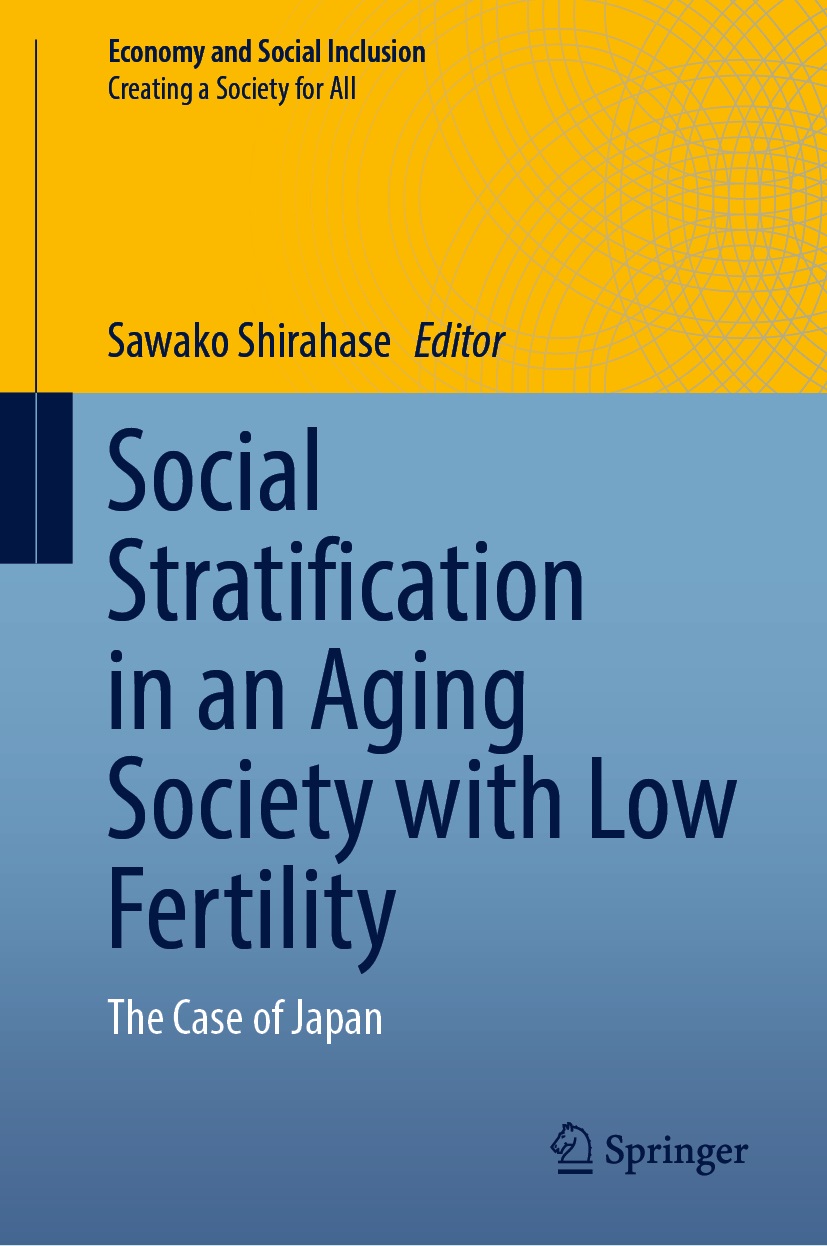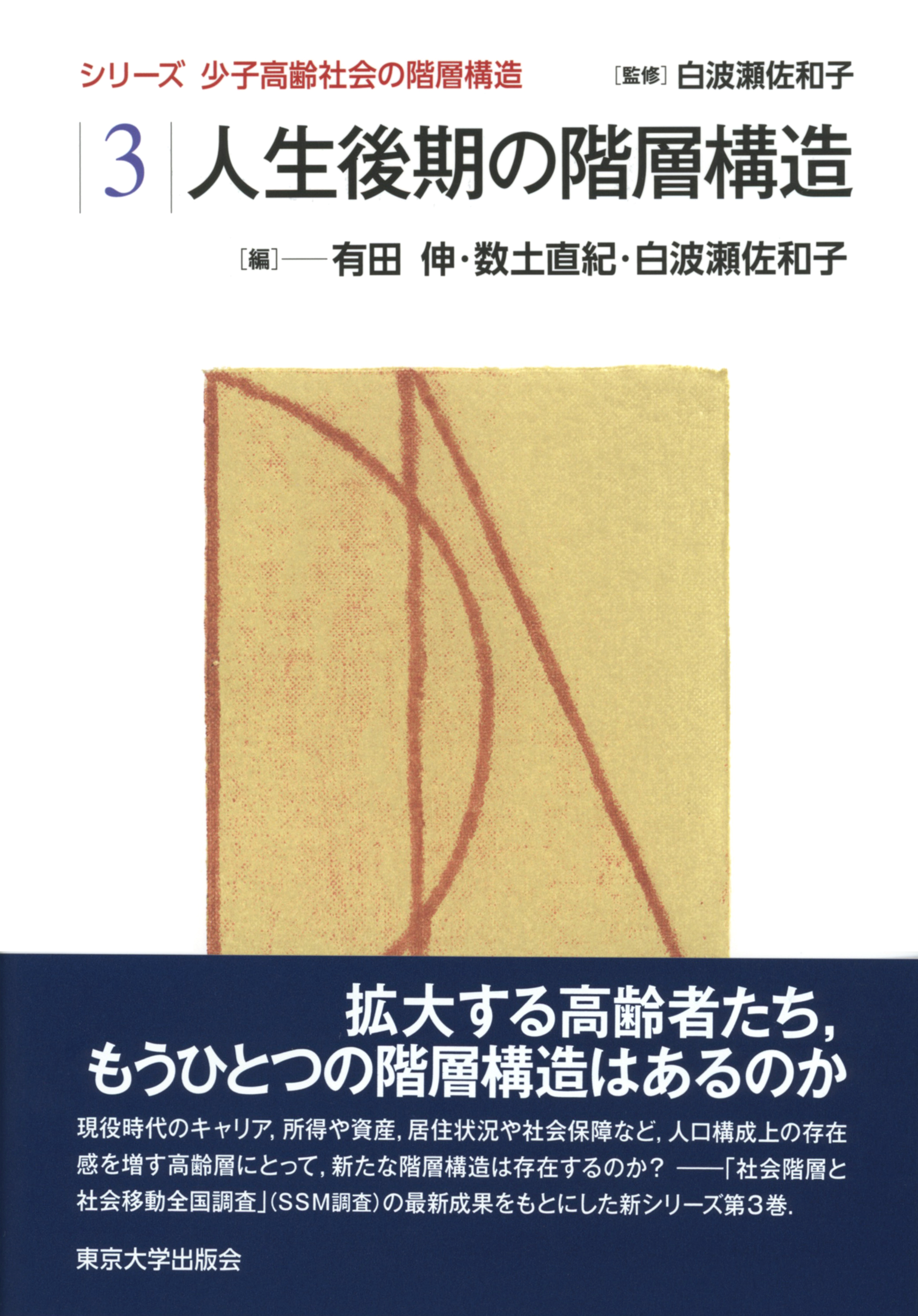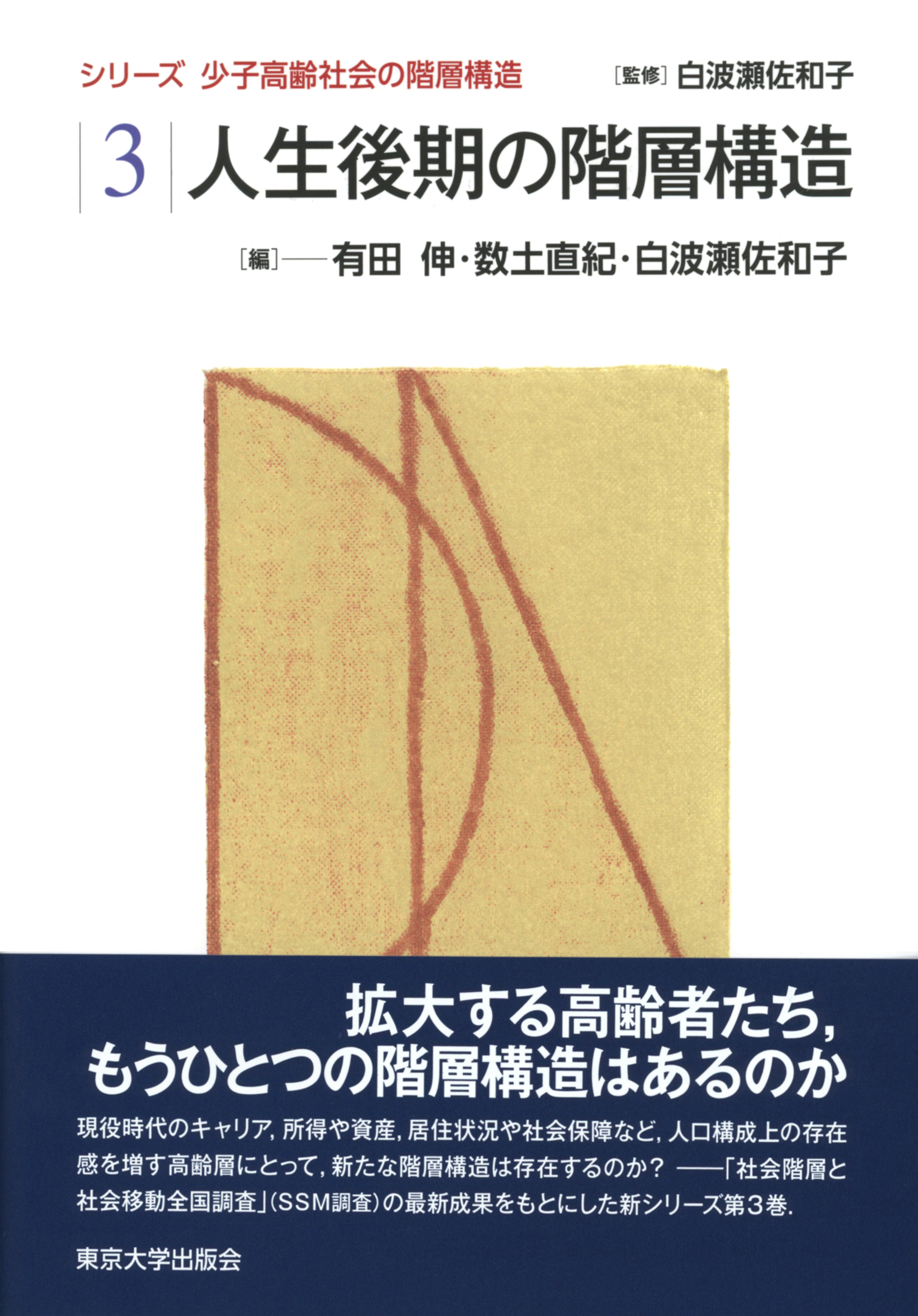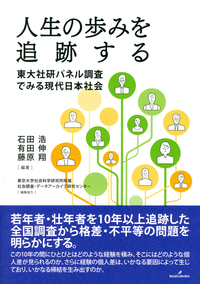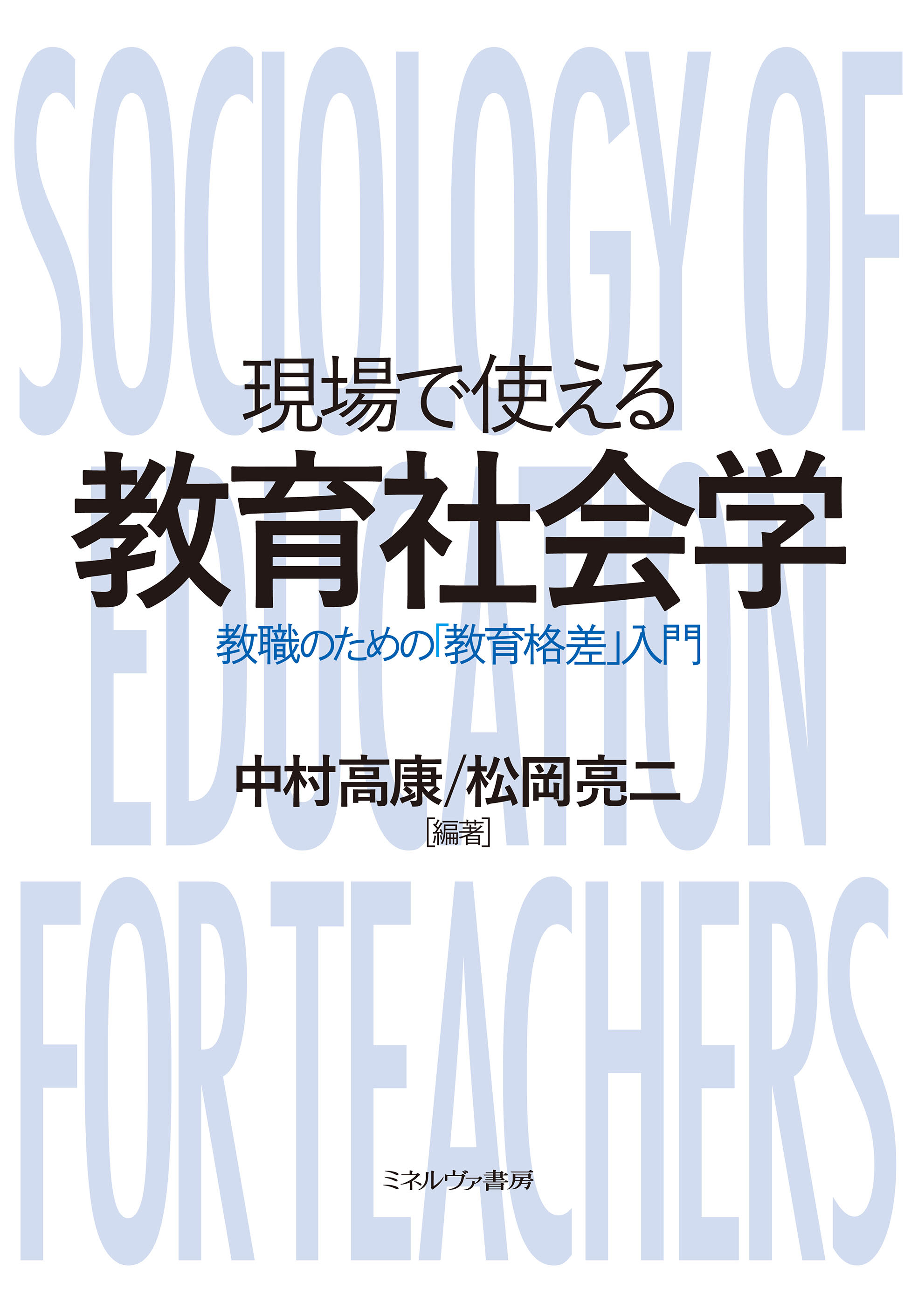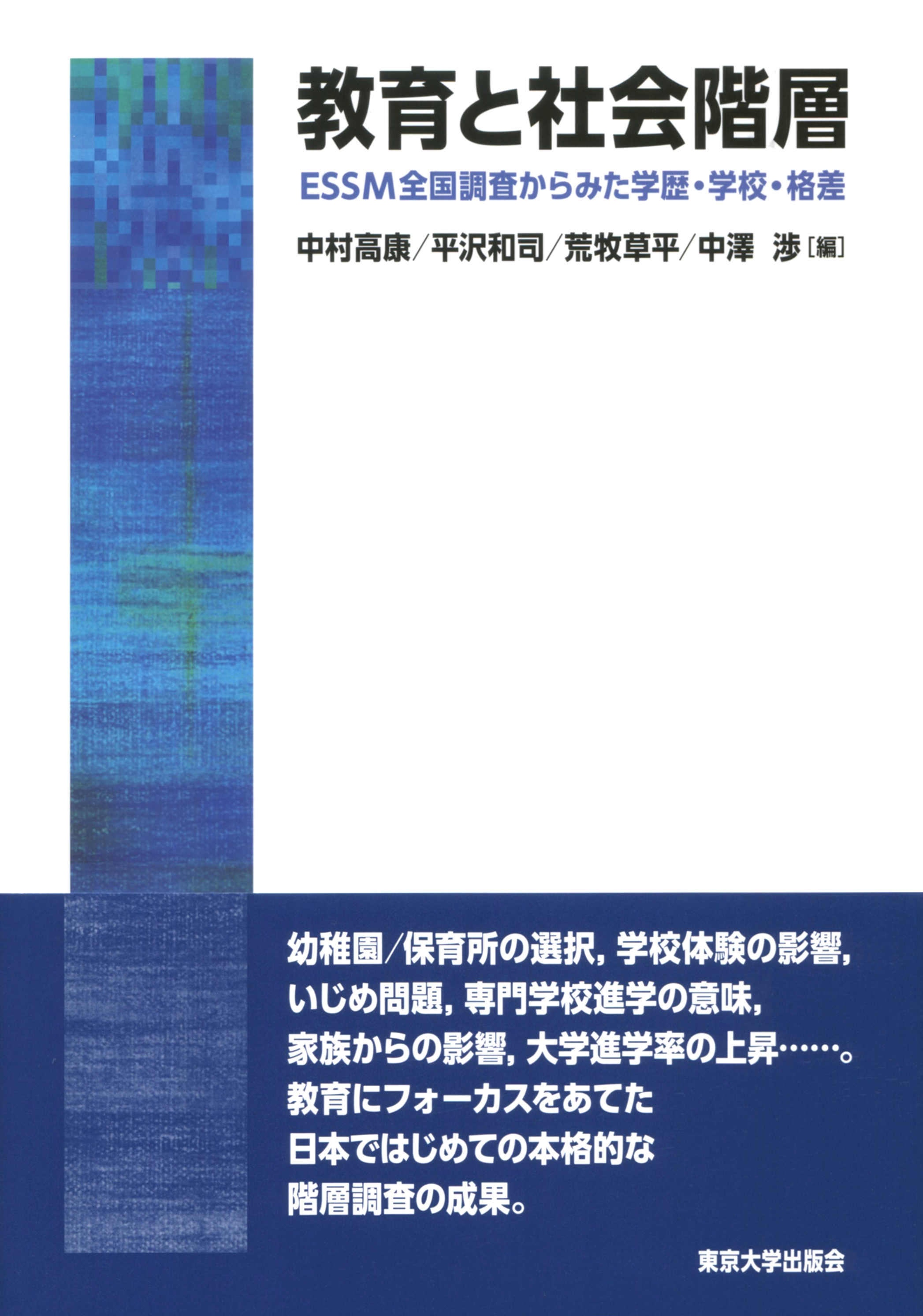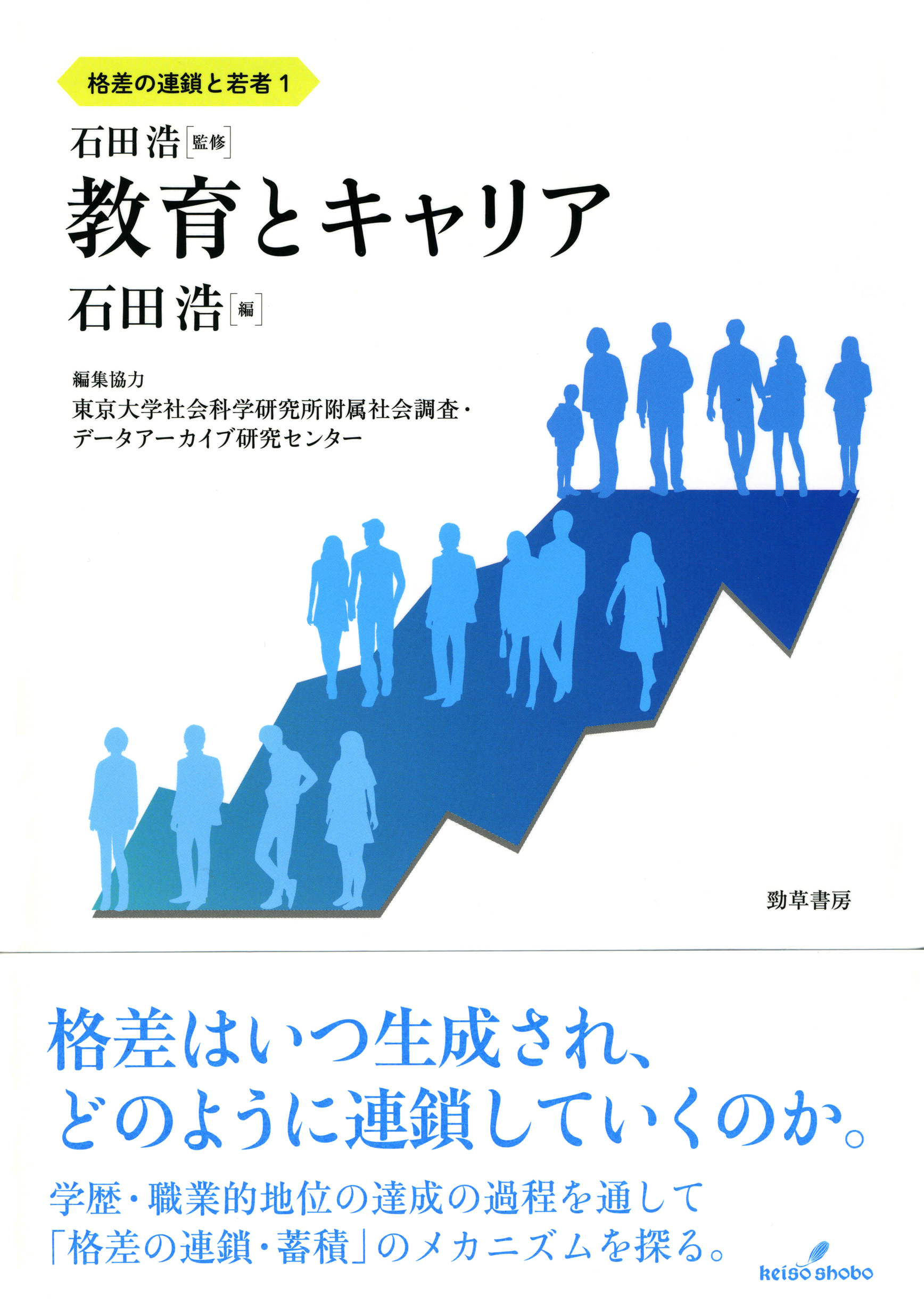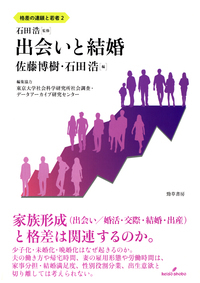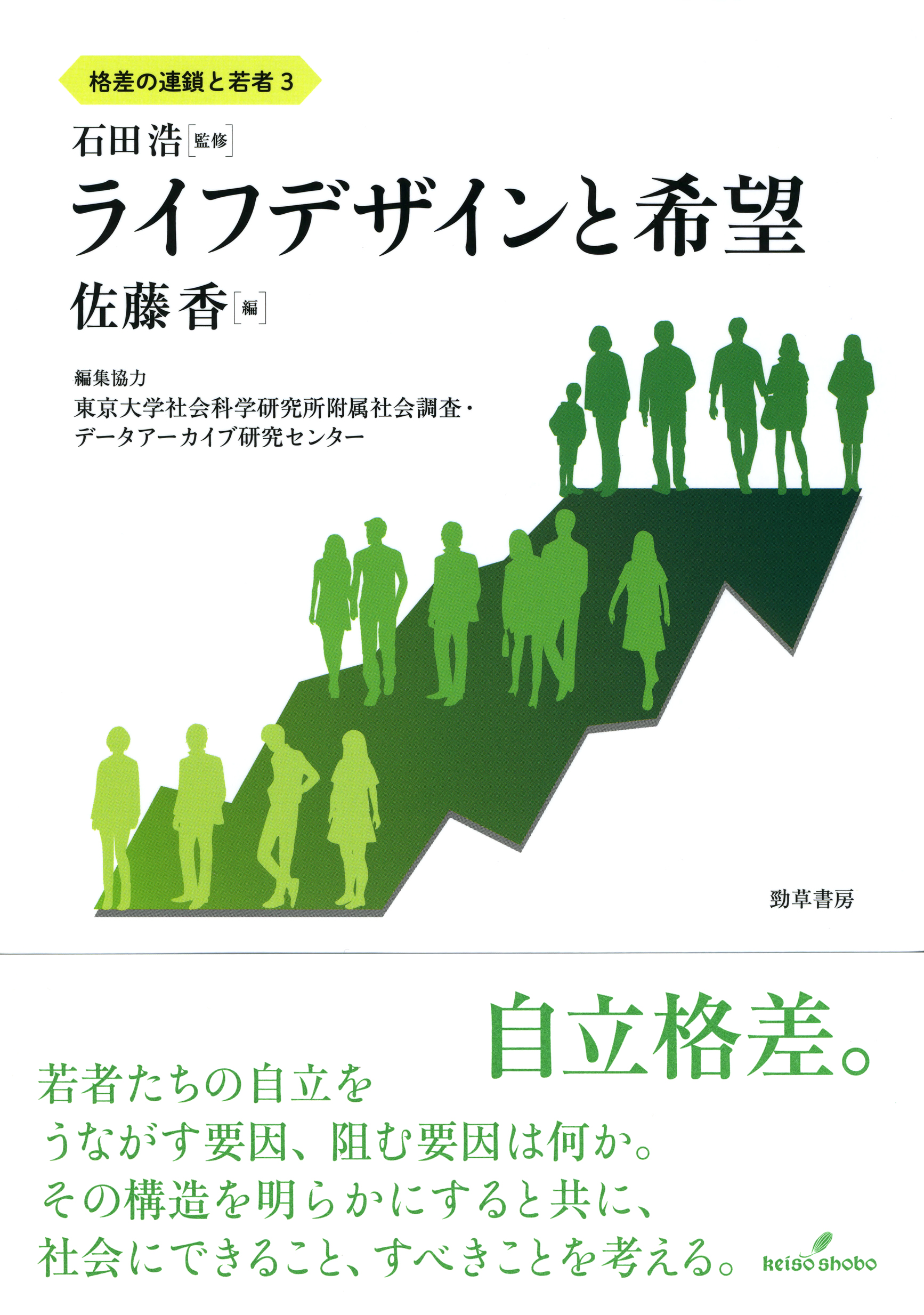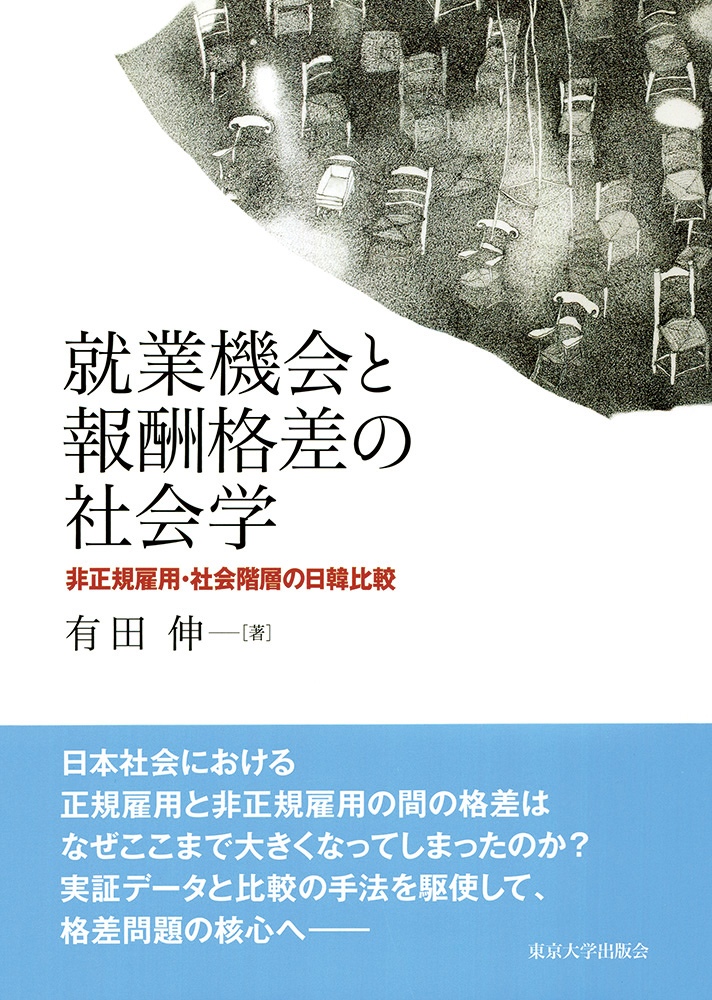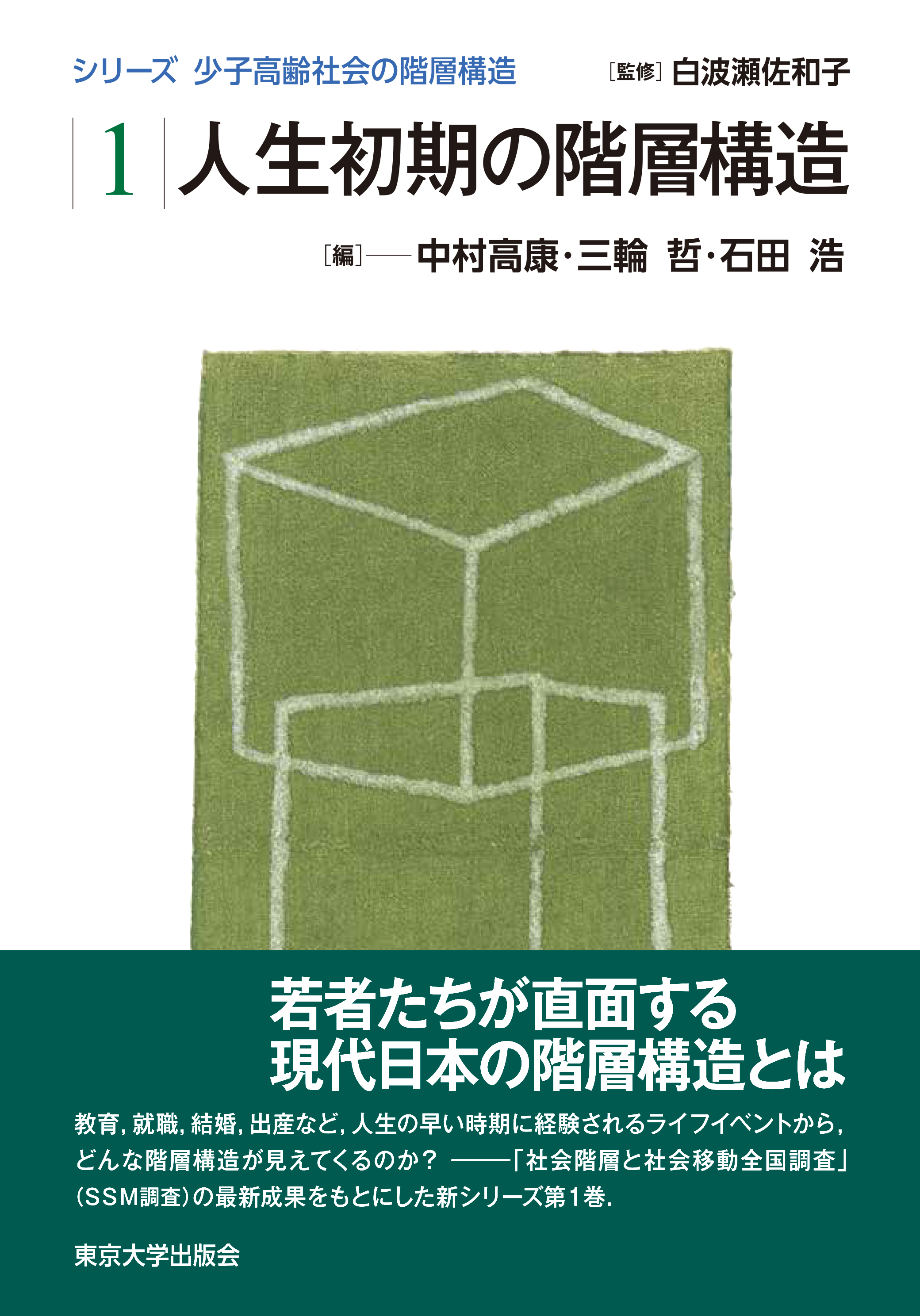
Title
The Structure of Social Stratification in an Aged Society with Low Fertility Jinsei Shoki no Kaiso-Kozo (Vol. 1. The Structure of Social Stratification in the Early Stages of Life)
Size
288 pages, A5 format
Language
Japanese
Released
July 13, 2021
ISBN
978-4-13-055141-0
Published by
University of Tokyo Press
Book Info
See Book Availability at Library
Japanese Page
The current volume reports findings from research using the 2015 SSM Survey project to study gaps and inequalities in the early stages of life. SSM stands for Social Stratification and Mobility, which refers to the unequal distribution of social resources (social stratification/class) and changes in hierarchical positions (social mobility). Inequalities caused by social stratification are observed in various life stages. For instance, there is a difference in the number of children that women have during their lifetime due to social stratification (class difference in fertility), and the chances for further study and graduation are influenced by social stratification (inequality in educational attainment). Social stratification exerts a large influence on the transition from first employment to second (career mobility or intra-generational mobility) and the difference between parents’ class location and that of their children (inter-generational mobility). The SSM survey data have a long tradition of serving as basic material for research into social stratification and are highly regarded internationally.
The current volume, which collects empirical studies using SSM survey data, comprises four parts. Part I examines trends in inter-generational mobility and inequality in educational attainment. Research results in this part include the finding that despite the expansion of higher education, opportunities for inter-generational social mobility have barely changed and that the gap in educational opportunities has been maintained at the same level over a long period. Part II describes various aspects of inequalities in educational attainment in terms of a variety of perspectives, including gender, family, local community, and institutional origins. It shows that while the gender gap in progress to higher education has narrowed, it has not been eliminated, and that the number of siblings and lateness in the birth order cause disadvantage in educational attainment. Other reports find that educational opportunities vary depending on geographical origin—in particular, if someone comes from a rural area, they need higher marks to progress to higher education—and that even after controlling for the effects of local community and era, class still affects entry into national or private junior high school. Part III collects research findings on employment after school. The results include the findings that while employment facilitated by school still exerts a huge influence, there is no correlation with class and that there is a function for those who find it difficult to advance to university to “be trained in trade” to become professionals. Other research reveals a consistent trend in postwar Japan for those who have withdrawn from university to be disadvantaged in the early stage of their career; that of those who complete vocational school, women from poorer classes tend to catch up with their career by acquiring professional qualifications; and that changes in labor demand, such as a decrease in regular clerical posts, have led to an expansion in non-regular employment among female high school leavers. Part IV focuses on the impact of social stratification on life events, including leaving parental home, marriage, and giving birth. It reports that while the quantitative gap in the experience of leaving parental home has shrunk, the qualitative gap in reasons for leaving parental home remains. In addition, the research shows that class differences in fertility tends to strengthen men’s educational reproduction; that as the weight of free love as a reason to form a couple increases, class homogamy has decreased; and that life course has diversified while gender inequalities have been strongly maintained.
The overall argument is that class inequalities have not changed throughout the postwar years and can be found in any era. Social stratification is an old problem but at the same time a new one. The findings collected in the current volume have reconfirmed what we know: Society is changing fast, and time moves on, but the latent structure that produces social inequalities is so deeply rooted that it is not easy to change it.
(Written by MIWA Satoshi, Professor, Institute of Social Science / 2022)
Related Info
https://www.utp.or.jp/book/b601054.html
Award:
2022 Award for Excellence in Scholarly Research – Hirofumi Taki, Hosei University (Japanese Association for Social Research Dec 19, 2022)
https://jasr.or.jp/english/activities.html



 Find a book
Find a book


 eBook
eBook